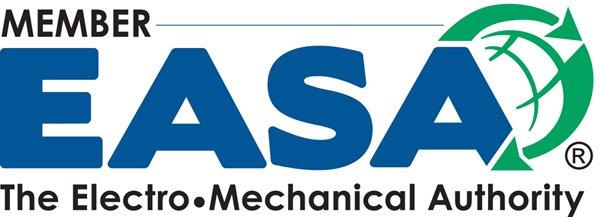Motor testing is a critical aspect of ensuring the reliability and performance of electric motors in various industrial applications. One key aspect of motor testing involves evaluating the motor’s performance under different load conditions, namely, no-load and full-load. These tests provide valuable insights into the motor’s efficiency, power consumption, and overall health. In this blog post, we will delve into the details of both no-load and full-load motor testing procedures, highlighting their significance in motor maintenance and troubleshooting.
No-Load Motor Testing
No-load testing involves running the motor without any mechanical load attached to its shaft. This test is primarily focused on assessing the motor’s speed, current, and losses when it is not driving any external load. During a no-load test, the motor is typically connected to a power source, and measurements are taken to evaluate parameters such as:
- No-load current: The current drawn by the motor when it is running without any load. This helps in determining the motor’s idle power consumption.
- No-load speed: The rotational speed of the motor shaft when no load is applied. Discrepancies in speed values can indicate potential issues with the motor’s windings or rotor.
- No-load losses: The losses occurring in the motor due to factors like friction and windage. Monitoring these losses can provide insights into the motor’s efficiency.
Full-Load Motor Testing
Full-load testing, on the other hand, involves operating the motor under its maximum designed load conditions. This test is crucial for evaluating the motor’s performance under realistic working scenarios and determining its ability to deliver the required power output. Key parameters assessed during a full-load test include:
- Full-load current: The current drawn by the motor when operating at its rated load. This measurement helps in assessing the motor’s power consumption under full load conditions.
- Full-load speed: The speed at which the motor operates when subjected to its maximum designed load. Any deviations from the expected speed can indicate issues with the motor’s mechanical or electrical components.
- Efficiency: The efficiency of the motor at full load, calculated as the ratio of output power to input power. Monitoring efficiency can help in identifying energy wastage and optimizing motor performance.
Both no-load and full-load motor testing play a crucial role in motor maintenance, performance optimization, and troubleshooting. By conducting these tests regularly, motor technicians can detect potential issues early, prevent costly breakdowns, and ensure the efficient operation of electric motors in industrial settings.
If you require professional motor testing services or need assistance with motor repair and maintenance, contact The Pump & Motor Works, Inc. Our team of experts is equipped to handle all your motor-related needs. Contact us today for reliable and efficient solutions.



